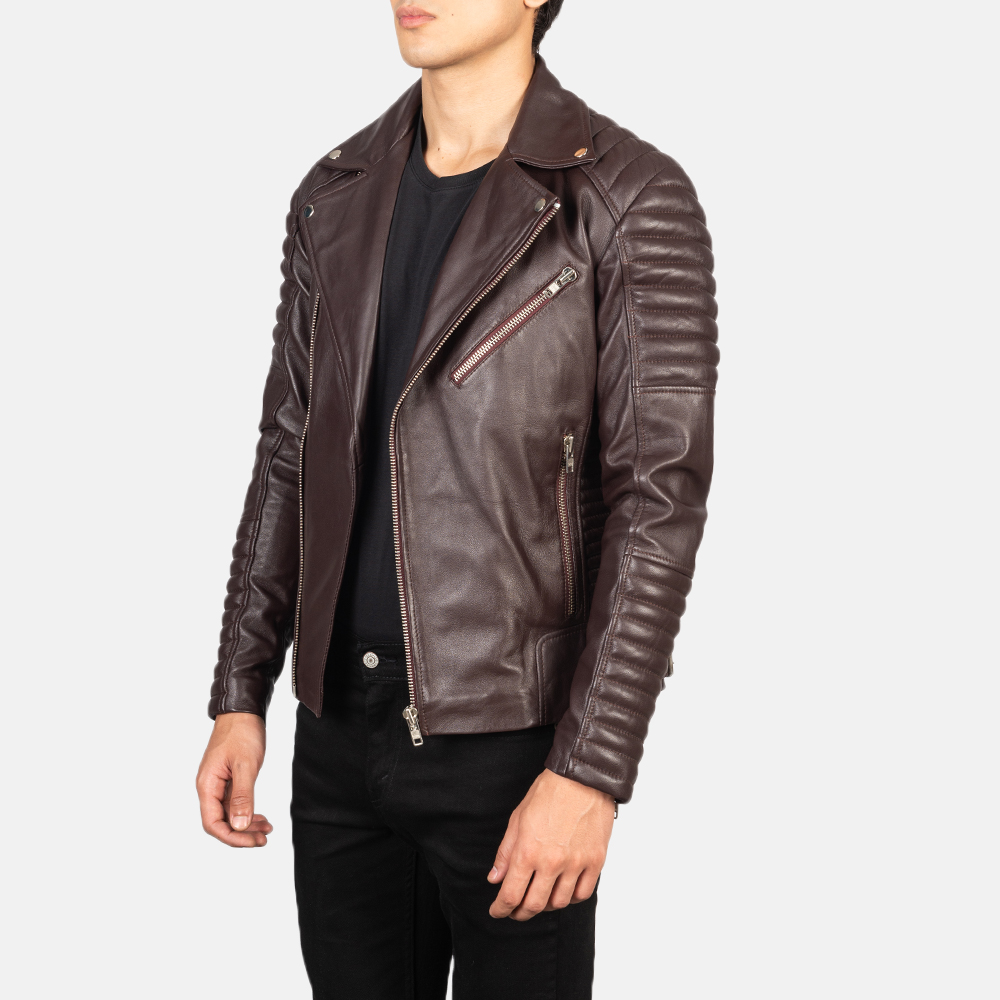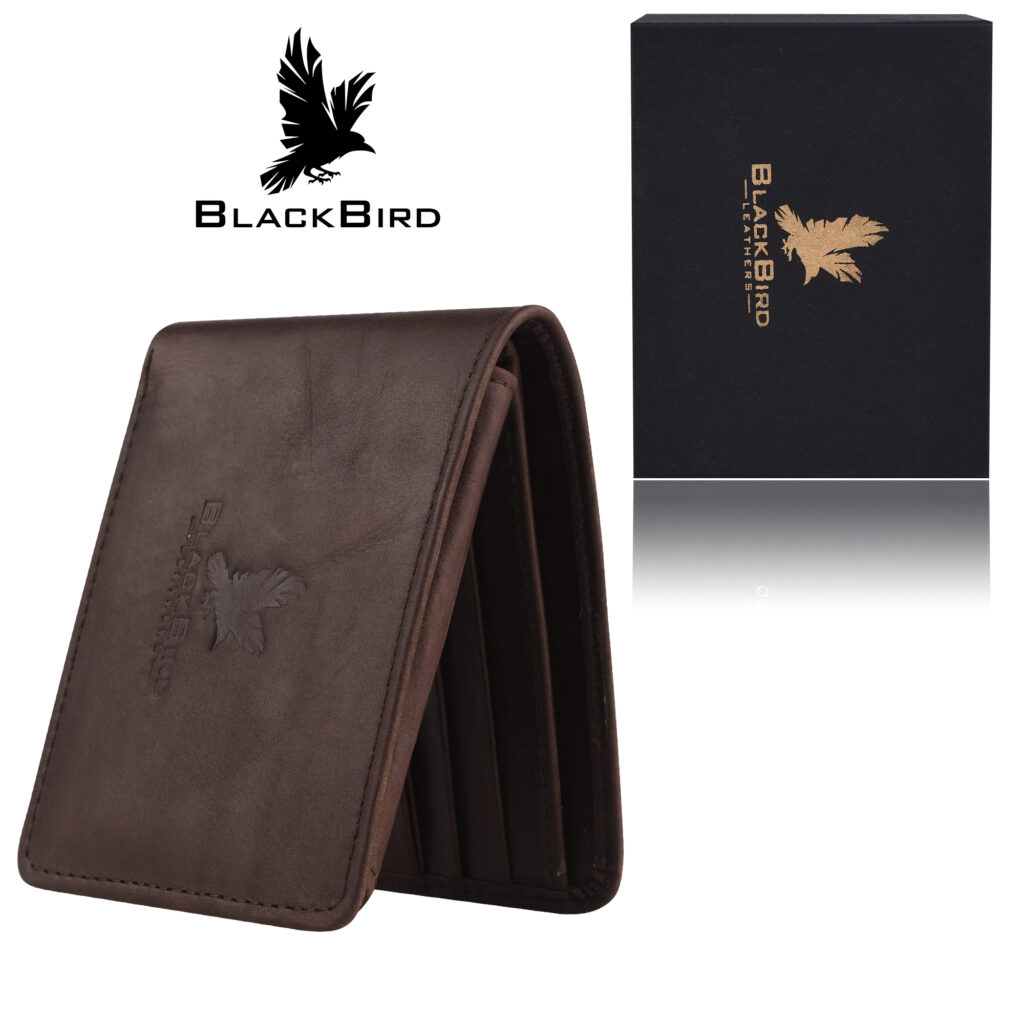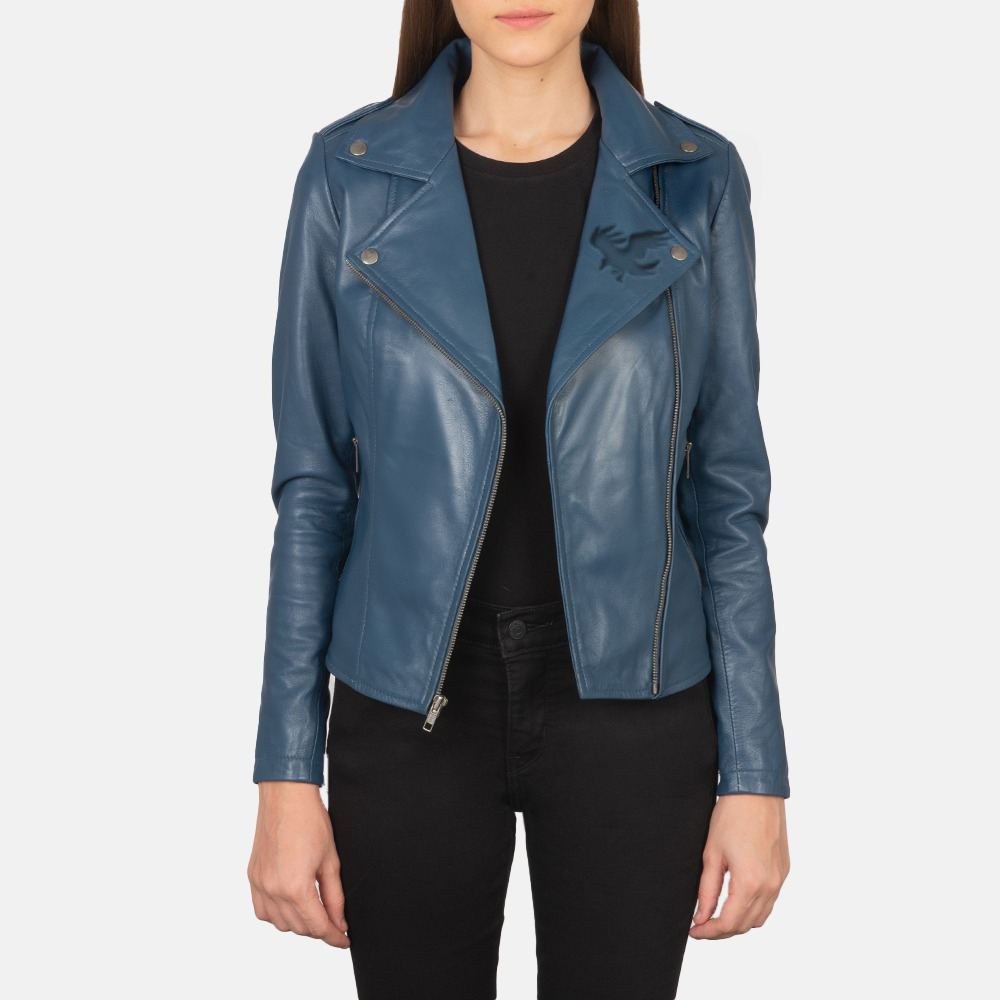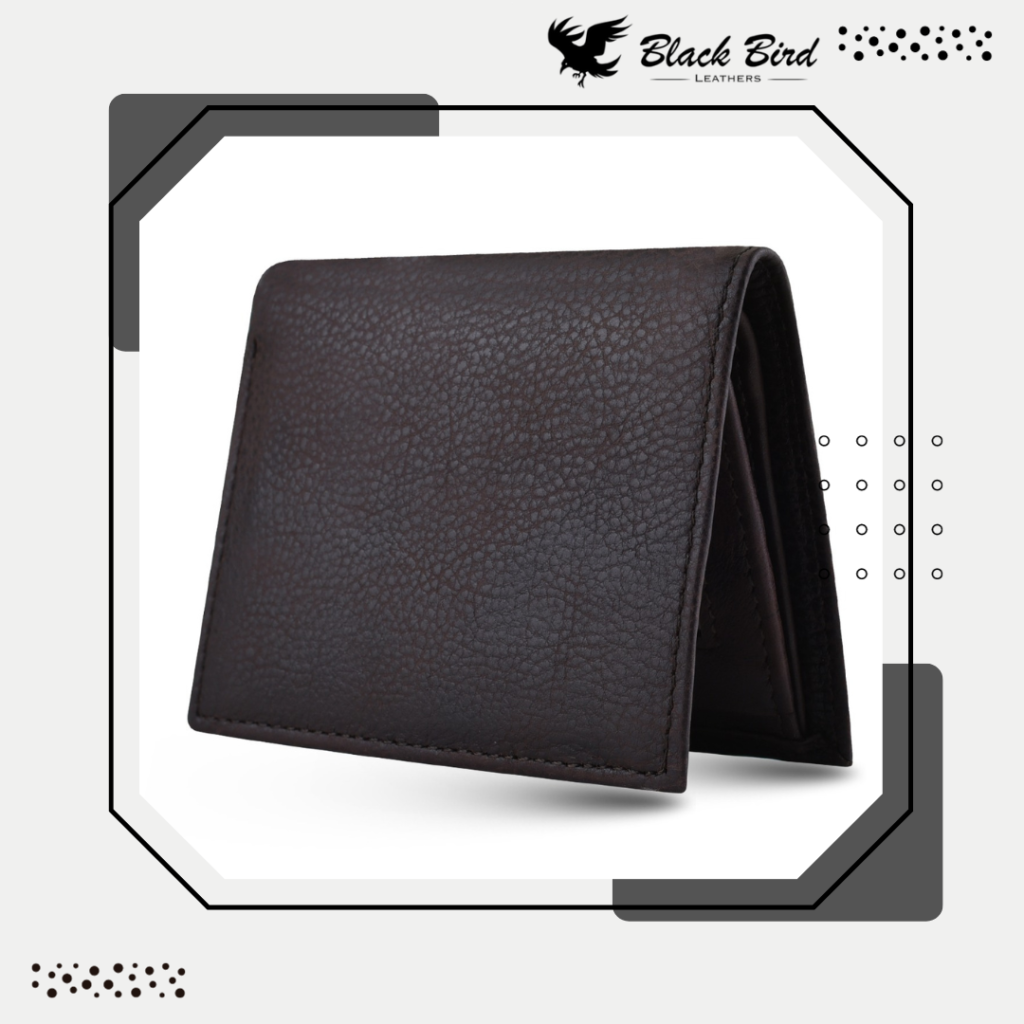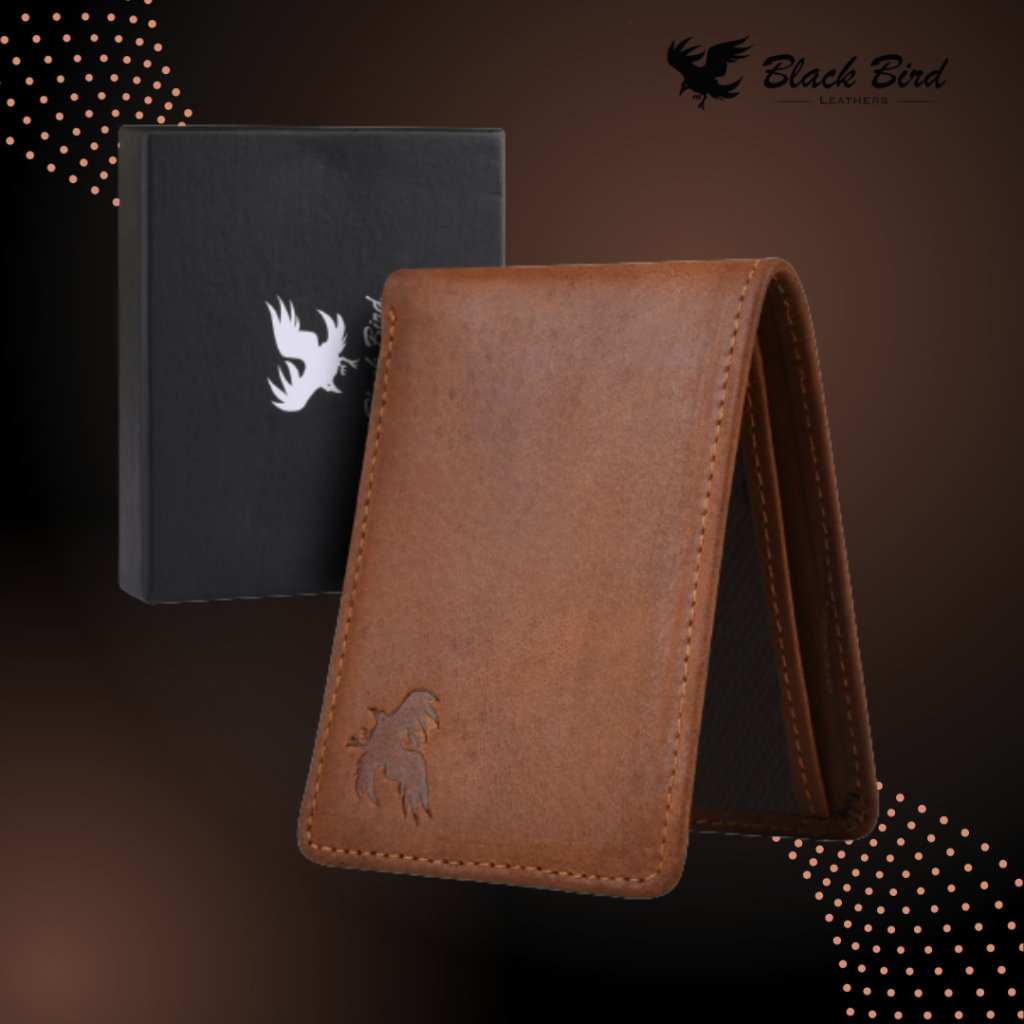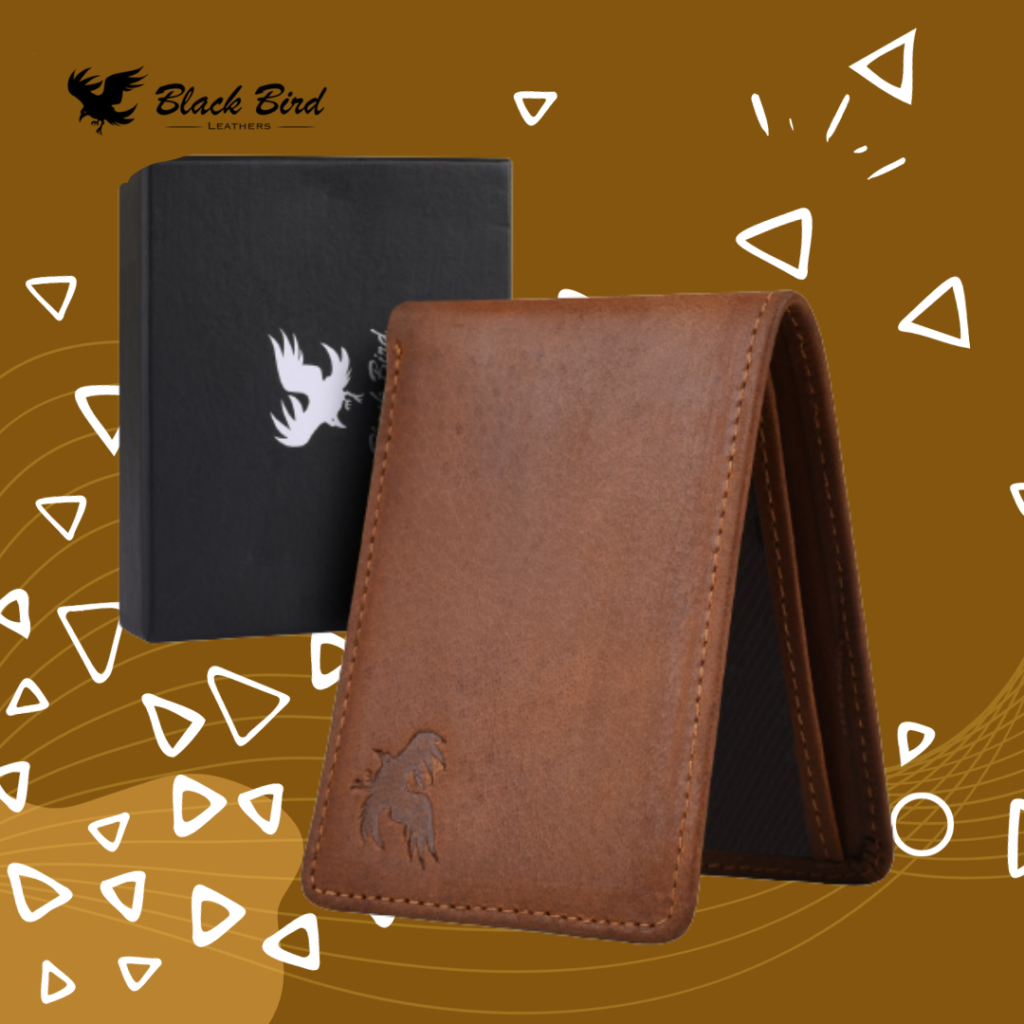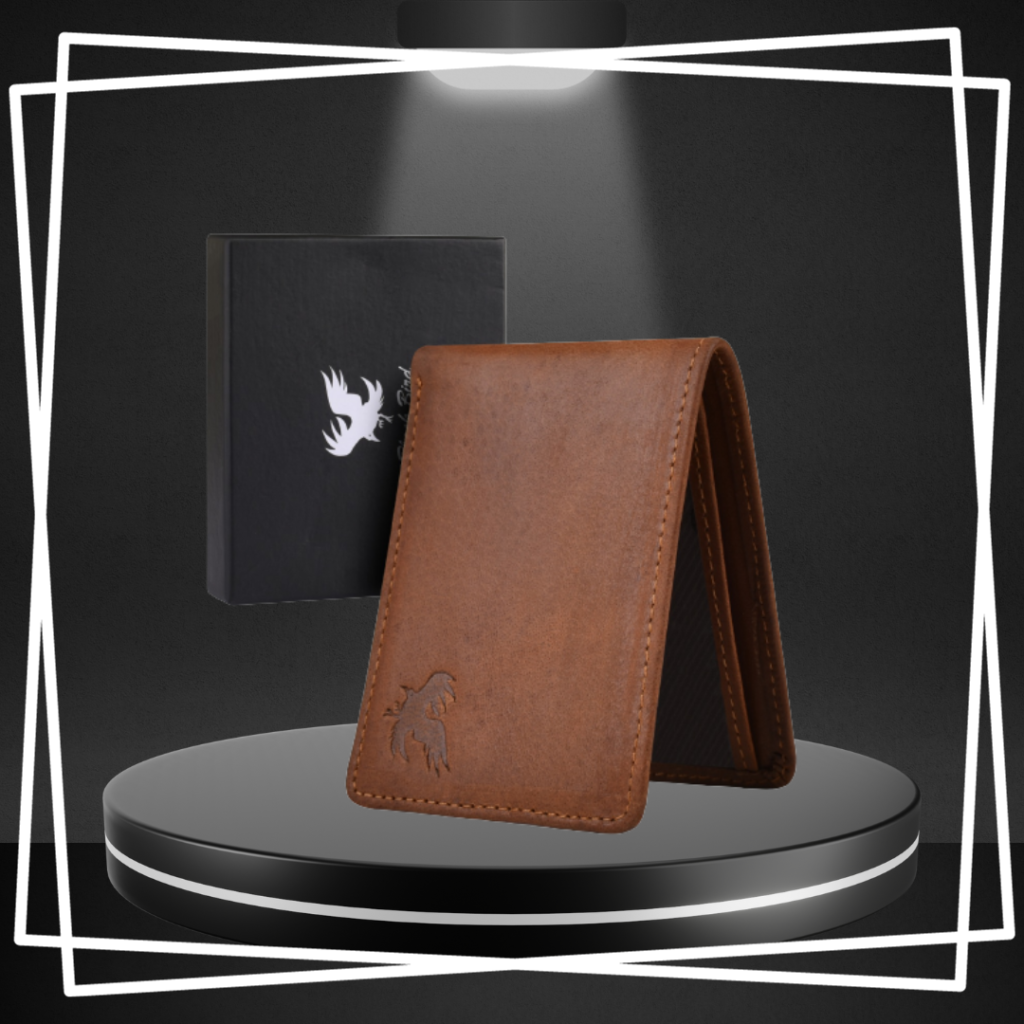Two distinct paths that appeal to different sets of values and interests have evolved in the always-changing world of fashion. The industry has long regarded real leather as a material that embodies heritage, richness, and ageless elegance. On the other hand, vegan leather, a relative newcomer that has made tremendous headway, advocates for moral principles, sustainability, and a non-cruelty philosophy.
We’ll explore the key distinctions between genuine leather and vegan leather in this debate as we set off on a journey across the worlds of fashion and compassion. Things aren’t always black and white when it comes to ethical fashion. So no, it isn’t as straightforward as “leather = bad, vegan leather good” when it comes to the genuine leather vs. vegan leather argument. Here is an unbiased, non-technical comparison to assist you in making a wise choice.

The Allure of Real Leather: What is Real Leather?
For decades, these iconic pieces have graced runways, movie screens, and the streets, becoming synonymous with cool, rebellion, and effortless style. But in a world where ethical and environmental concerns are paramount, the debate between real leather and vegan leather takes center stage. “Real leather is derived from animal hides. Almost any animal’s skin, including those from pigs, sheep, goats, crocodiles, cattle, lambs, and even aquatic animals like alligators has skins and hides that can be used to make leather. But the hide from a cow is the one that is most frequently utilized.”
Real Leather and Durability
Ancient civilizations valued it for its durability and luxurious feel, giving it a long history. Today, it still holds a unique place in the world of fashion, covering everything from outerwear to accessories. Genuine leather is famous for its excellent durability. When handled carefully, leather goods can last for many years and acquire a distinctive patina that narrates their journey. This durability is proof of the superiority and enduring attraction of real leather goods.
| No. | Pros of real leather | No. | Cons of real leather |
| 1. | The primary ethical issue with leather is that animals must die for it, whether directly or indirectly. | 1. | It is dependent on cattle, the largest consumer of agricultural resources and lands in the world as well as one of the primary drivers of deforestation, which results in biodiversity loss and furthers climate change. |
| 2. | Organically recyclable | 2. | The chemical-intensive procedures used in leather tanning and dyeing are harmful to the environment, employees, and, in some cases, the users themselves (particularly when these chemicals contaminate water resources). Although using vegetable tanning is more environmentally friendly, it is regretfully less popular. |
| 3. | Durable: Real leather, when properly cared for, may last for decades (again, creating less waste). | 3. | Leather is not always a byproduct. Additionally, it actively adds to the animal’s overall value by 10%. |
| 4. | The primary ethical issue with leather is that animals must die for it, whether more directly or indirectly. |
The Rise of Vegan Leather: What is Vegan Leather?
In recent years, vegan leather become a hot trend as a conscious alternative to traditional animal leather. This ethical and eco-friendly material is taking the fashion and design industries by storm. Vegan leather is artificial, synthetic, or “faux” leather made from agricultural waste products and sustainable biomaterials. Vegan leather is usually made from polyvinyl chloride (PVC) or polyurethane (PU). Anything can be used as a substitute for leather, including coffee, bananas, cork, wood, and the plastic leather of the 1990s (pleather).
Vegan Leather and Durability
Vegan leather of the finest quality can be as durable as genuine leather, making it an advantageous option for products that must survive wear and tear. Artificial leather items can keep their beauty for years with the right maintenance. Demand for alternatives without cruelty has increased as a result of ethical issues. Vegan leather is available in a variety of textures, hues, and finishes. As a result, designers may more easily match their visions and customers can select products that complement their style. For those who care about animal welfare, vegan leather, which is often made from plant-based materials, offers a guilt-free alternative.
| No. | Pros of vegan leather | No. | Cons of vegan leather |
| 1. | No animals were used: The main benefit of vegan leather over traditional leather is that it doesn’t cause unnecessary deforestation, overuse of agricultural lands, or animal fatalities. | 1. | The production process is also frequently chemical-intensive. Particularly PVC is very polluted and emits dangerous dioxins. Although derived from fossil fuels, PU is the lesser of the two evils. |
| 2. | It releases less carbon dioxide: Vegan leather weighs 15.8 kilograms per square meter compared to 17.0 for leather. | 2. | Only partially biodegradable when compared to natural alternatives. Vegan leather can have an impact on the environment and even the health of animals because it releases phthalates and harmful particles when it decomposes. |
| 3. | In some instances, it uses recycled plastic or eliminates it entirely. In actuality, some vegan leather is produced using natural materials like cork, apple peels, or pineapple leaves. | 3. | Since it is frequently less enduring than genuine leather, replacing it results in more waste. |
Comparing Production Process and Environmental Impact
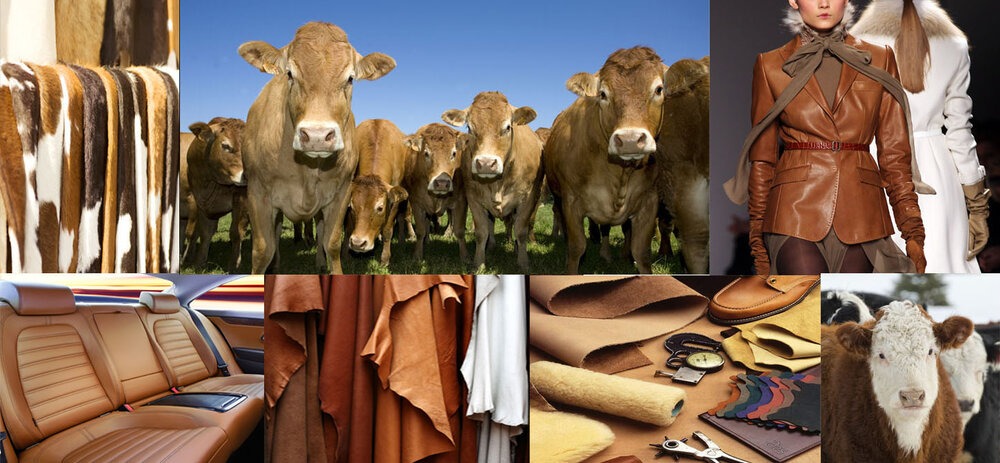
Real Leather Cross Examine
The environmental impact of real leather versus vegan leather is one of the most important factors to compare. Animal rearing is necessary for the creation of genuine leather, which increases water use, deforestation, and greenhouse gas emissions. The leather needs tanning before it can be useable. The technique involves removing layers of hair and fat from the hides in a chromium salt solution, allowing the leather to become supple and smooth for future usage. However, the procedure uses hazardous chemicals that naturally combine with the water. When the remaining polluted water is dumped, it can ruin aquatic habitats and potentially be harmful to human health.
Since the usage of chemicals in all industries is nothing new, international organizations have passed numerous pieces of legislation governing their use and disposal. The EU has extensive chemical laws, led by REACH and CLP, wto ensurea high level of environmental and human health protection.
Vegetable tanning is a superior nontoxic replacement choice. This old technique, often known as “veg-tan,” uses compounds that are naturally generated from plants and trees, such as tannin. Although the finished leather is stunning and, unlike chrome, lasts longer and matures elegantly, this is less frequent.
Real leather production results in deforestation, which is an issue because it harms the environment. Large portions of South America’s deforestation, which is a significant contributor to climate change and biodiversity loss, have been caused by the leather industry. Land usage, greenhouse gas emissions from animal agriculture (most farm-related emissions derive from methane), grazing, and the use of feed crops are the main causes of deforestation.
Vegan Leather Cross Examine
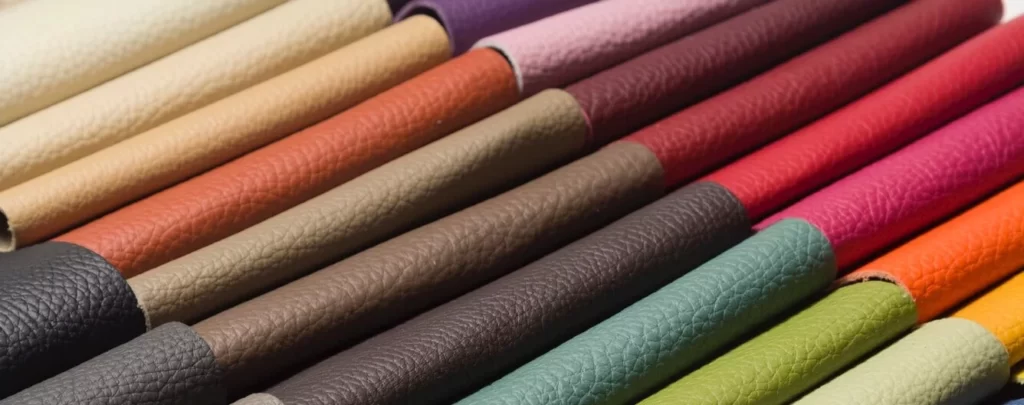
Due to concerns that using conventional leather is bad for the environment and animals, vegan leather is growing in popularity. On the other hand, the creation of vegan leather doesn’t rely on animals, potentially making it more environmentally friendly. It’s important to keep in mind, though, that not all synthetic materials are of the same equal, and some might hurt the environment. The vegan leather market is expected to develop at a compound annual growth rate of 49.9% from 2019 to 2025, with a potential market value of up to $89.6 billion.
Polyurethane (PU) and polyvinyl chloride (PVC) are the two plastic polymers most frequently used to create it. Both have a high usage rate because of their wrinkly textures, which serve to simulate actual leather. The environmental issues with these polymers made from petroleum are the same as those with other synthetic materials. These materials are not biodegradable in addition to the plastic fibers they discharge, which are the main cause of microplastic contamination in the ocean.
When you consider the negative environmental effects of using chemicals, non-natural dyes, and excessive amounts of water to make non-biodegradable plastic leather. You have to wonder what benefits this alternative is supposed to have for the environment. Although the raw materials don’t sound anything like leather, vegan leather has advanced significantly over the previous few decades. Products created from vegan leather that are well-crafted frequently pass for genuine leather.
Be careful what you assume about vegan leather created from natural raw materials. “You may create vegan leather that is environmentally beneficial if you use natural resources. In reality, some materials that come from petroleum continue to be part of the mixture to maintain the integrity of the fibers.
AS GREEN AND ECO AS THESE ALTERNATIVES MAY SOUND, THIS SMALL ADDITION PREVENTS THEM FROM BEING 100% BIODEGRADABLE.
Lorenzo de Leo Founder of LuxuryLeather
Real leather vs. vegan leather: So, is vegan leather better for the environment?
Vegan leather isn’t always more environmentally friendly. Our sincere response is… it depends! For instance, buying a single real leather item typically has less of an environmental impact than replacing synthetic leather items every few years. Therefore, the decision between leather and vegan leather truly comes down to how the item was made, how you want to use it, and what matters most to you individually.
From the perspective of sustainability:
- Stick to the most environmentally friendly real leather that will last you for many years. If at all possible, this must be a genuine by-product result of vegetable tanning rather than chemical tanning.
- When it comes to vegan leather, PU is preferable to PVC or, even better, natural choices.
Ethical Considerations Behind Real Leather and Vegan Leather
The decision between these two materials has a major impact on ethical considerations. Animal welfare is a concern because real leather manufacture entails animal slaughter. In contrast, vegan leather provides a cruelty-free alternative and resolves the ethical conundrum. However, there can be moral issues with labor practices and chemical use in the manufacture of synthetic materials.
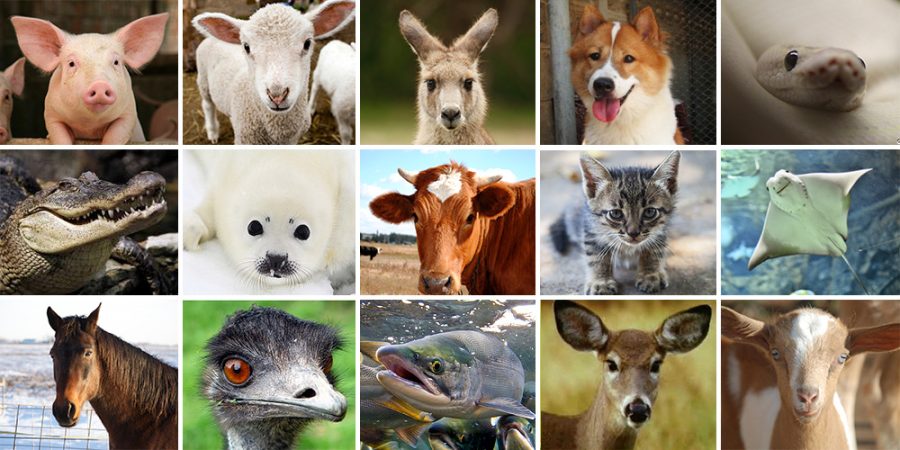
One of the most controversial topics in this discussion is the morality of using vegan leather as opposed to real leather. Since real leather comes from the slaughter of cows, lambs, and other animals, it is a byproduct of the meat business. Just as people choose to oppose fur, choosing to be against actual leather is a step toward alternate materials.
No animal byproducts should be used in the production of apparel and accessories.
According to animal rights organizations, PETA
Vegan leather offers a cruelty-free and animal ethics-focused option for people or businesses opposed to the use and killing of animals for any purpose. Supporters of leather argue that it uses the entire animal, which is already an assassin for its meat. Although buying leather is ethical, it nevertheless helps the practices of industrial animal agribusiness. The food chain does not include animals reared just for leather production.
Some believe it is wrong to buy leather products, which are not necessary for human survival and instead result in the killing of animals, just for the sake of fashion and accessories. The ethical issues of utilizing animal products are completely avoided with vegan leather. It offers clothes and accessory options that are animal-friendly.
Blackbird: Leading the Way in Ethical Leather Production
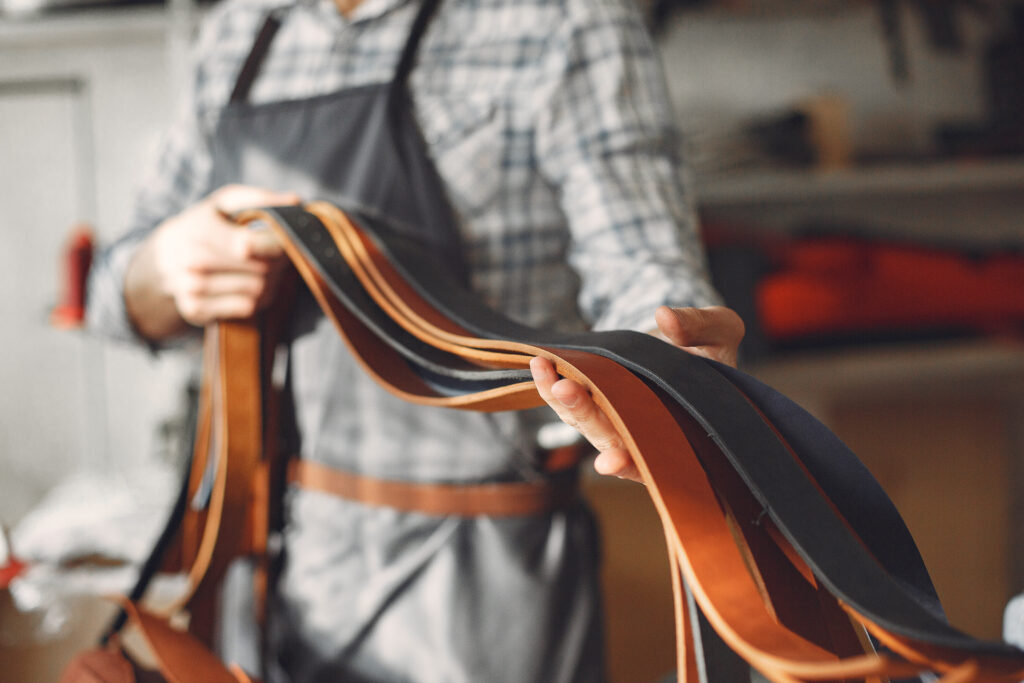
Blackbird is an example of compassion and sustainability in the leather goods industry in a world where ethical concerns are increasingly influencing consumer decisions. The company has won recognition and praise for its constant dedication to protecting animal welfare and its creative method of obtaining leather. We’ll talk about Blackbird’s unique strategy of only obtaining leather from animals that have come to their natural ends, shedding light on the business’s extraordinary resistance to the killing of animals for leather manufacture. Let’s look at how Blackbird became an innovator in the field of cruelty-free leather products.
Blackbird’s Ethical Foundation
Blackbird has established itself as a distinctive brand that expertly combines fashion with moral values in the world of accessories and clothing. Blackbird’s fundamental mission is to produce magnificent leather goods while acting with a deep sense of responsibility toward both animals and the environment.
A Compassionate Vision
The first step on Blackbird’s journey to producing leather ethically was a vision of compassion. The founders aspired to alter the current state of the leather business because they were committed to animal welfare. Their mission was to create exquisite leather goods without ever harming any animals.
The Natural Demise Approach
Blackbird’s innovative method of procuring leather is at the core of their commitment to ethics. Contrary to traditional leather producers who rely on animal killings, Blackbird exclusively collects leather from animals that have decreased naturally. This technique preserves animal life while also improving the quality of the leather uniquely. Blackbird prioritizes the care of animals in all aspects of its business. It collaborates with experts in the environment and animal behavior to select leather that has been available ethically. These experts ensure that the animals in question have lived full lives and have experienced natural deaths.
Furthermore, Blackbird actively works to reduce its carbon footprint. By avoiding the carbon-intensive processes associated with raising animals for leather, the brand significantly lessens its environmental impact. This dedication to sustainability extends beyond leather sourcing to the entire production cycle. Blackbird produces handmade leather products, Please visit our store to explore our latest products!
Cost Comparison Between Real Leather vs. Vegan Leather
Cost can be a key consideration when making decisions. In general, vegan leather is less expensive than genuine leather. The higher expense of real leather is due to the high cost of traditional workmanship and animal farming. Products containing vegan leather are frequently less expensive than those rendering genuine leather. Because of this accessibility, a wider spectrum of consumers may now afford ethical and ecological apparel.

Different factors have an impact on the price and expense of real leather compared to synthetic leather. Due to the greater expenses of raw ingredients, manufacturing, and its standing as a luxury material, real leather typically has a higher price point. The cost of leather from various animals varies according to supply. Compared to more exotic leathers like alligator or ostrich, cow or lamb leather is less expensive. Given that technological improvements have reduced manufacturing costs and raised the quality of vegan leather, it now offers a cost-effective option.
High-end vegan leather can occasionally appear and feel similar to real leather, making the distinction unclear. Because of this, vegan leather is now more affordable than genuine leather, increasing its competitiveness. Even though the most basic vegan leather items are still for less set, high-end companies still use it. Vegan leather enables the purchase of brand-new, animal-free clothes and accessories at affordable price points for the socially responsible consumer. Real leather continues to be the favored option over vegan alternatives for luxury brands despite being more expensive due to its prestige and attractiveness. Therefore, preferences, priorities, and resources all have an impact on the decision to buy.
Comparing the Performance, Properties, and Structure
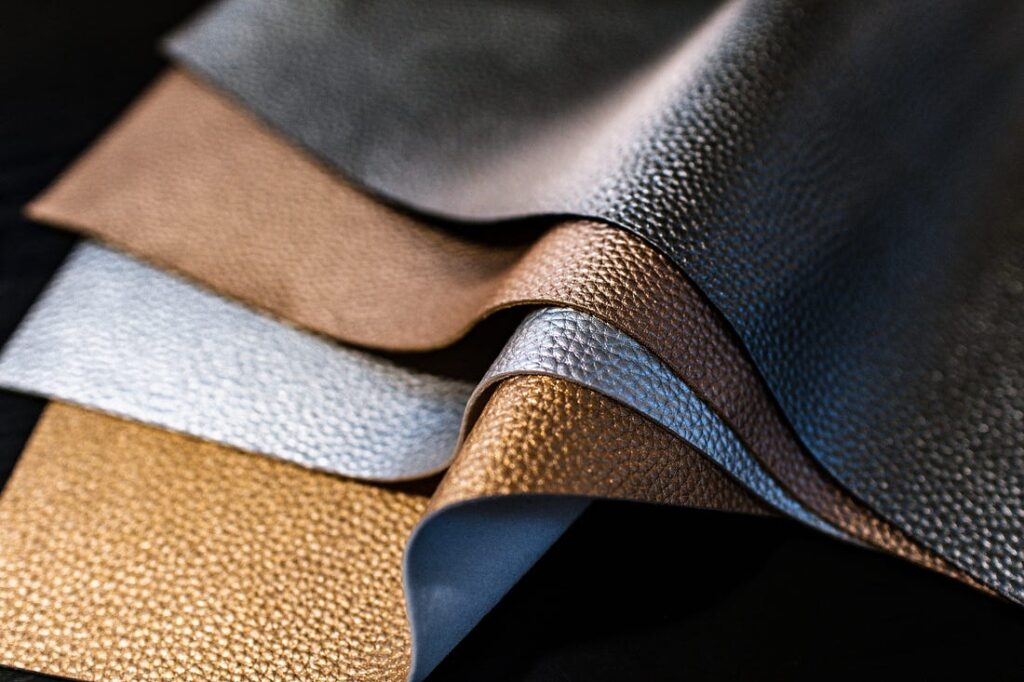
Real leather is a preferred material for apparel and accessories that must endure frequent usage and wear and tear due to its performance and durability. Leather maintains its excellent suppleness, elasticity, and tensile strength. Additionally, it breathes. Quality leather is perfect for products like purses, footwear, belts, wallets, and more due to its unique combination of characteristics. With use, leather takes on a patina and conforms to the wearer’s figure, becoming increasingly unique.
Until recently, vegan leather substitutes couldn’t quite match the characteristics of genuine leather. Pleather and other early synthetics lacked breathability. With use, they were prone to peeling or breaking. However, ongoing developments in materials and manufacturing have improved the functionality and toughness of premium vegan leathers. Additionally, the texture and feel are beginning to resemble genuine leather. Nevertheless, in terms of durability or quality, vegan leather is not always comparable to real leather. The performance of various vegan leathers varies.
To determine whether vegan alternatives can withstand continuous usage and endure as long as genuine leather products, more testing over time in realistic settings is necessary.
| Property | Genuine Leather | Bi Cast Leather | Bonded Leather | PU Faux Leather Fabric | PVC Faux Leather Fabric |
|---|---|---|---|---|---|
| Composition | Natural, organic hides with strong intricate collagen fiber structure from the uppermost epidermal layer | Lower, split layer with poor structural integrity, covered with a polyurethane surface and artificial grain | A mesh of ground up leather scraps combined with binding materials | Polyurethane finish applied to a base fabric. An artificial grain is added to mimic the look of genuine leather | A combination of polyvinylchloride, stabilizers, plasticizers, and lubricants applied to a base material |
| Sold By | Natural hides measured by square foot | Fabric rolls measured by yard | Fabric rolls measured by yard | Fabric rolls measured by yard | Fabric rolls measured by yard |
| Care | Mild soap, water, and specially formulated leather cleaner | Soap, water, alcohol, bleach | Soap, water, alcohol, bleach | Soap, water, alcohol, bleach | Soap, water, alcohol, bleach |
| Abrasion Testing | Taber Abrasion Test – ASTM D7255-15 | Wyzenbeek- ASTM D4157-07 | Wyzenbeek – ASTM D4157-07 | Wyzenbeek- ASTM D4157-07 | Wyzenbeek – ASTM D4157-07 |
| Longevity | Quality leather lasts for generations, developing a beautiful patina and improving with age | Will eventually delaminate and peel over time | Will eventually delaminate and peel over time | Polyurethane finish will crack and peel off over time | Polyurethane finish will crack and peel off over time |
Conclusion: Making an Informed Choice
Real leather versus vegan leather represents a larger shift towards mindful purchasing in the big tapestry of fashion. Each material adds distinct qualities to the table, ranging from classic to modern elegance. It’s important to consider the advantages and disadvantages of both real leather and vegan leather as you negotiate the worlds of fashion and compassion. Think about your morals, personal tastes, and how your decisions may affect the environment. In the end, both genuine leather and vegan leather have advantages; your choice should be based on your priorities.
FAQs about Real Leather vs. Vegan Leather
- Is vegan leather better than real leather?
Even when of great grade, faux leather is often less expensive and of lower quality than real leather. Vegan leather is far less durable than real leather. And because it is thinner, it is more likely to break or scuff badly over time.
2. What is more expensive leather or vegan leather?
Generally, vegan leather (specifically plant-based leather) is cheaper than traditional leather. This is so because items like mushrooms and pineapples mature more quickly and need less space than cattle, and because natural leathers frequently originate from plant waste.
3. How can you tell real leather from vegan leather?
Genuine leather is typically soft, slightly stretchy, and has a grainy feel. Hold a piece in your hand, it will warm with your body heat, and real leather is always flexible. Faux leather feels cold, and plastic-like, and it will not stretch.


